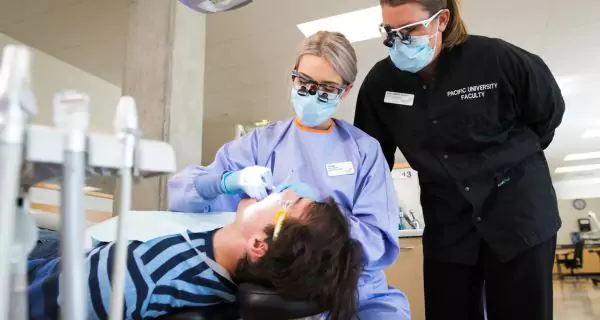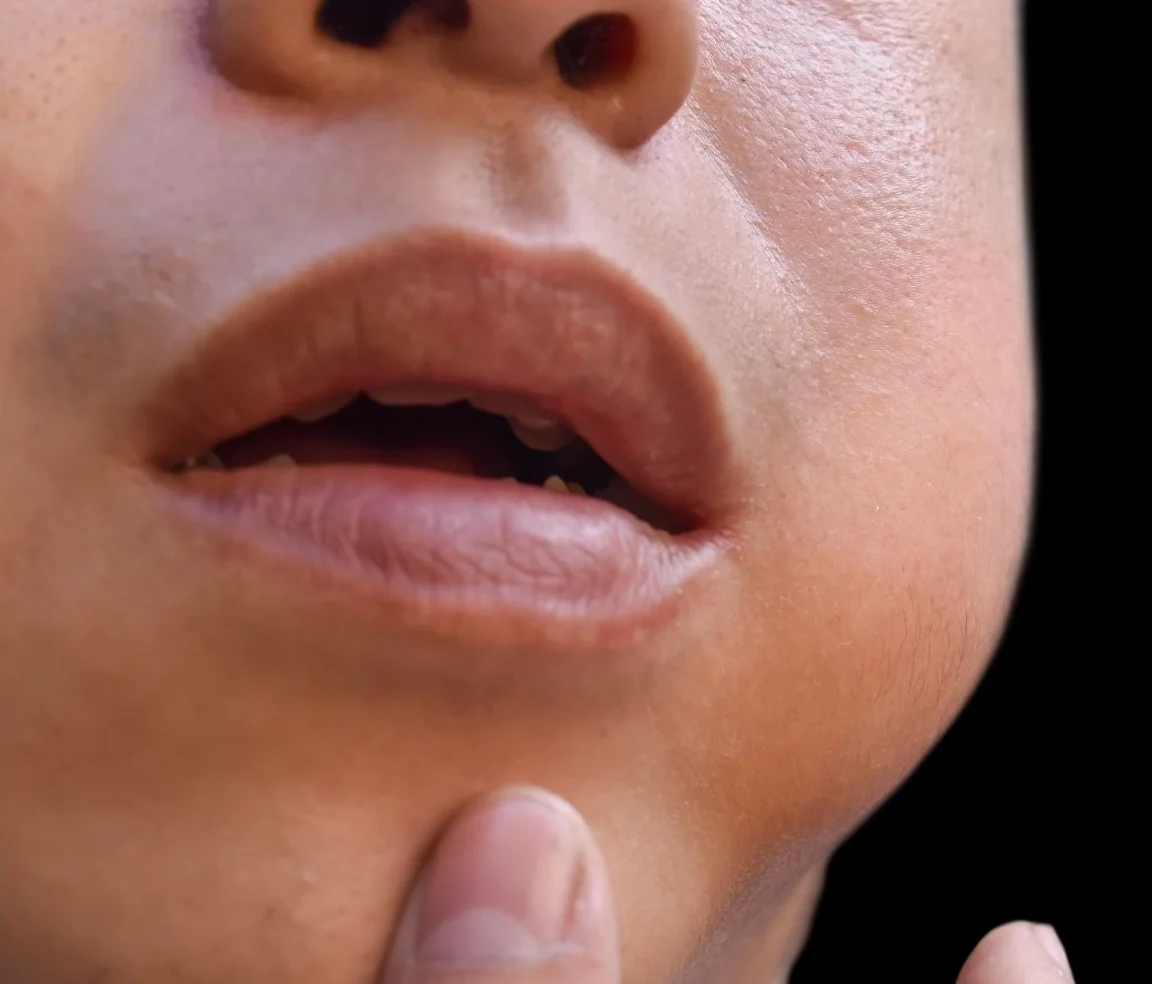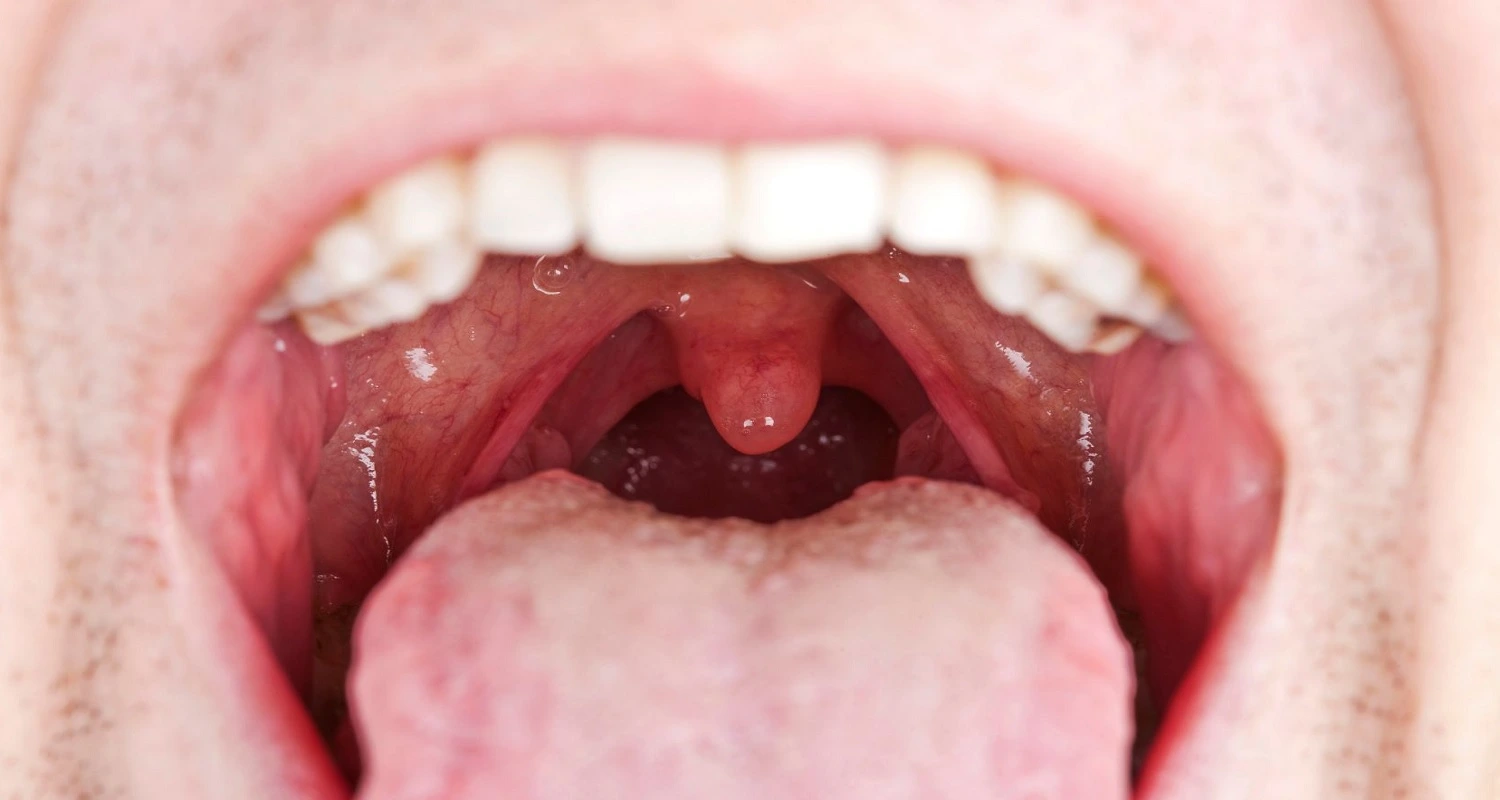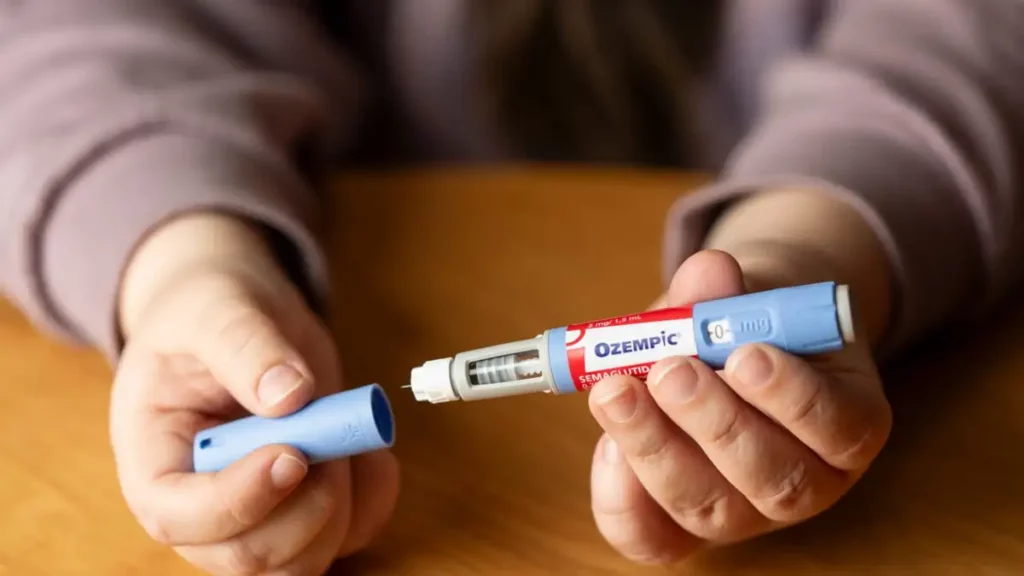Last Updated on: 19th September 2025, 12:44 pm
Navigating the World of Pleomorphic Adenoma: A Complete Guide
In the world of dentistry and oral medicine, it is essential to understand the various disorders that can affect the salivary glands. The most common benign tumor of the salivary glands is the pleomorphic adenoma.
Join us to learn more about this tumor that, although it is not carcinogenic, is not without risks and may require specialized medical care to guarantee the oral and general health of those who suffer from it.
What is Pleomorphic Adenoma?
A pleomorphic adenoma is the most common benign (non-cancerous) salivary gland tumor. It can originate in both the minor and major salivary glands.
Who can have a Pleomorphic Adenoma?
Although pleomorphic adenomas can occur in anyone at any age, they are more common in:
● Women: It has been found that 60% of cases of the disease occur in women.
● Adults: Cases of the disease have been reported in patients between 20 and 72 years of age, being much more common in the fourth, fifth, and sixth decades of life. In general, the average age of appearance of this tumor is about 44 years.
● People with a family history of pleomorphic adenomas: This tumor has been shown to have an important genetic component.
Where can it appear?
It can appear especially frequently in the parotid glands, those found in the deep part of the cheeks that provide most of the saliva production. When this tumor does not originate in the parotid gland, it can also appear in:
● Nasal septum
● Palate
● Superior lip
● Submandibular region
● External auditory conduct
● Maxillary sinus
● Bronchi
● Mama
● Uvula
What Factors Increase the Risk of Suffering from Pleomorphic Adenoma?
The factors that increase the risk of suffering from pleomorphic adenomas can be hereditary or environmental.
Hereditary
● Genetic predisposition
● Family heritage
Environmental
● Patients exposed to radiotherapy (especially during childhood)
● Exposure to toxins
● Cigarette consumption
● Ape virus 40 (SV40) infection
Diagnosis
Signs
As mentioned above, the most common site is the parotid gland. A pleomorphic adenoma that develops in this area usually manifests as a swelling on the cheek, in front of the ear. This swelling is hard to the touch and has an uneven appearance. Although in many cases there are no symptoms, there are patients who may experience:
● Pain
● Edema
● Fluctuation
● Facial paralysis
How long does it take for symptoms to appear?
From the appearance of the disease, symptoms can appear within a few weeks, although it has also been shown that they could take up to 12 years to appear.
How was it diagnosed?
Because this is a rare condition, which can present in many forms in various locations, diagnosis is often difficult. Normally, the diagnosis of the disease is achieved thanks to taking samples of the tumor, as well as various radiographic studies. The most used tests are:
● Ultrasound
● CT scan
● Magnetic resonance
● Aspiration cytology
Treatment Options
Surgical removal
The ideal treatment for pleomorphic adenoma involves surgery to completely remove the tumor, making sure to remove part of the tissue surrounding it to prevent its reappearance. The surgical procedure to choose will depend largely on:
● Tumor size
● Location (surface or deep)
Radiotherapy
According to a group of researchers, radiotherapy is recommended when:
● Total removal of the tumor is not achieved.
● Damage to the facial nerve is required to remove the tumor.
● The tumor has had multiple recurrences.
Complications
Some complications of surgical treatment of pleomorphic adenoma are:
●Partial facial nerve paralysis: The facial nerve is responsible for controlling multiple facial muscle movements, such as blinking, raising the eyebrows, or smiling. This nerve passes through the parotid gland, which is the most common place where a pleomorphic adenoma can occur.
For this reason, in several cases it is likely that when the tumor and the parotid gland are removed, the facial nerve will be affected, generating paralysis. It has been observed in a third of patients requiring this procedure. Depending upon the extent of the tumor and the damage to the nerve, they can be reversible or irreversible.
● Recurrence: usually happens when the tumor is not completely removed.
● Complete paralysis of the facial nerve: It is rare, it has been shown that it can happen in 4% of cases.
●Hypersalivation: It refers to the accumulation of saliva outside the salivary duct, in the subcutaneous space. In a study where the complications of this surgery were evaluated in 39 people, sialocele occurred in 2 cases.
Other complications related to any surgical procedure may also occur, such as bleeding or wound infections.
Is a Pleomorphic Adenoma Dangerous?
Although it is not something that happens frequently, when this tumor is not treated or incompletely removed, it can become carcinogenic and metastasize, which can cause death. Therefore, patients must receive timely diagnosis and treatment.
Another similar disease in the mouth is the ranula. A ranula is a mucus-filled bump that affects the floor of the mouth, below the tongue. Know what a is ranula and its treatments.
Conclusion
● A pleomorphic adenoma, a benign tumor that affects the salivary glands, can manifest in a wide variety of people, with a higher incidence in women and people between the fourth and sixth decades of life.
●The location of pleomorphic adenoma varies, being most common in the parotid gland; but it can also affect other unexpected sites, underscoring the need for careful and specialized medical care to ensure adequate treatment.
●The prevention of serious complications is essential in the management of pleomorphic adenoma, since, although mostly benign, inadequate or incomplete treatment can lead to transformation into a carcinogenic form, highlighting the importance of early and precise care.
Frequently Asked Questions
What is the norm of 80 in pleomorphic adenoma?
A useful rule to keep in mind is the rule of 80: 80% of all salivary gland tumors are located in the parotid, 80% of tumors in the parotid are benign; of these, 80% are pleomorphic adenomas. Warthin’s tumor is the second most common benign lesion.
What are the common clinical features of pleomorphic adenoma?
Pleomorphic adenomas are usually detected during a routine physical examination, presenting as a lump without symptoms. This tumor begins in the glands of the head and neck area and commonly appears as a firm, mobile, slow-growing lump that does not cause ulcerations in the mucosa above.
What measures can be taken to prevent the recurrence of a pleomorphic adenoma?
A pleomorphic adenoma is the most common tumor in the salivary glands and is especially common in the parotid gland. Given its potential for local invasion, the best strategy to minimize the risk of tumor recurrence is with a superficial parotidectomy or a total parotidectomy.
Where is pleomorphic adenoma commonly located?
Pleomorphic adenoma constitutes between 70 and 80% of benign tumors in the salivary glands, with the parotid gland being the most common location.
What is the best treatment option for pleomorphic adenomas?
Benign neoplasms of the salivary glands, known as pleomorphic adenomas, can become large if not diagnosed in time. The best therapeutic strategy is complete resection of the tumor, since less invasive methods such as enucleation could result in a return of the disease.
Share:
References
1. Bokhari, M. R., & Greene, J. (2023). Pleomorphic Adenoma. StatPearls Publishing.
https://www.ncbi.nlm.nih.gov/books/NBK430829/
2. Osmosis – pleomorphic adenoma: What is it, causes, signs, symptoms, and more. (s/f). Osmosis. https://www.osmosis.org/answers/pleomorphic-adenoma#:~:text=What%20are%20the%20signs%20and,jaw%2C%20just%20below%20the%20earlobe.
3. Pleomorphic adenoma. (s/f). Cleveland Clinic. https://my.clevelandclinic.org/health/diseases/25073-pleomorphic-adenoma
4. Saber, M., & Gaillard, F. (2008). Pleomorphic adenoma of the salivary glands. En Radiopaedia.org. Radiopaedia.org.
5. Kalwaniya, D. S., Meena, R., Kumar, D., Tolat, A., & Arya, S. V. (2023). A Review of the Current Literature on Pleomorphic Adenoma. Cureus, 15(7), e42311. https://doi.org/10.7759/cureus.42311
6. Douglas, J. G., Einck, J., Austin-Seymour, M., Koh, W. J., & Laramore, G. E. (2001). Neutron radiotherapy for recurrent pleomorphic adenomas of major salivary glands. Head & neck, 23(12), 1037–1042. https://onlinelibrary.wiley.com/doi/10.1002/hed.10027
-
Nayibe Cubillos M. [Author]
Pharmaceutical Chemestry |Pharmaceutical Process Management | Pharmaceutical Care | Pharmaceutical Services Audit | Pharmaceutical Services Process Consulting | Content Project Manager | SEO Knowledge | Content Writer | Leadership | Scrum Master
View all posts
A healthcare writer with a solid background in pharmaceutical chemistry and a thorough understanding of Colombian regulatory processes and comprehensive sector management, she has significant experience coordinating and leading multidisciplina...



















